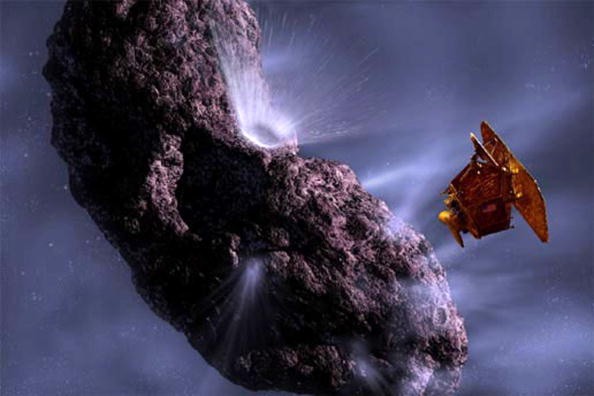The oldest evidence of a meteor collision with Earth is allegedly discovered by a group of Australian scientists.

In their study, they claimed that the billions of years old rocks they unearthed are not from this planet. If this is true, then their research can help NASA and other science organizations to better understand the past of Earth.
Although their new study has not been peer-reviewed, it is still supported by the Royal Society of New Zealand Marsden Fund, Australia's Nuclear Science and Technology Organization, etc.
This just shows that their new meteor collision study is a big deal for science.
Oldest Evidence of Meteor Collision With Earth
According to Live Science's latest report, involved Australian scientists acquired 3.48 billion-year-old rock fragments, which they believe came from a meteorite collision.

Also Read : Scientists Found Evidence of Early Human Settlements Destroyed by Cosmic Impact 10,000 Years Ago
They claim that these rocks called spherules were formed after a space rock made an impact on Earth's surface; spraying melted fragments into the air.
After that, the spherules hardened and cooled into pinhead-size beads, which were buried for billions of years.
These spherules were unearthed in Pilbara Craton and Kaapval Craton in South Africa.
"This new research documents ejecta in slightly older rocks, which have an age of 3.48 billion years old (about 10 million years older than previously found)," said Chris Yakymchuk, a reliable geologist at the University of Waterloo in Canada.
Although he believes that access to the entire data is still needed to confirm the study's significance, Chris believes that the results are strong.
Why Meteor Impacts are Studied?
The American Museum of Natural History explained why studying meteorite impacts is important.
The Manhattan-based natural history museum said that these meteor impact craters can help scientists and other researchers to understand the past and present of asteroids, moons, and planets.
However, most space organizations, such as NASA, are usually focusing their efforts on studying meteor impact craters on other heavenly bodies.
This is why studies that are focusing on Earth are essential. If you want to learn more about the latest study about the oldest evidence of a meteor collision with Earth, you can click this link.
Here are other stories we recently wrote about space:
Astronomers released a new report to warn about the light pollution risks posed by space junk and satellites. Meanwhile, NASA will soon use Firefly Aerospace's Blue Ghost spacecraft to explore the far side of the moon.
For more news updates about Earth and other science topics, always keep your tabs open here at TechTimes.
Related Article : Scientists Recover Five New Meteorites in the Icy Desert of Antarctica





![Most Useful Google Chrome Keyboard Shortcuts You Need to Know to Improve Your Browsing Experience [2024]](https://d.techtimes.com/en/full/449047/most-useful-google-chrome-keyboard-shortcuts-you-need-know-improve-your-browsing-experience-2024.jpg?w=184&h=103&f=476d29fd60df70a67f6679f99a2ca6d0)